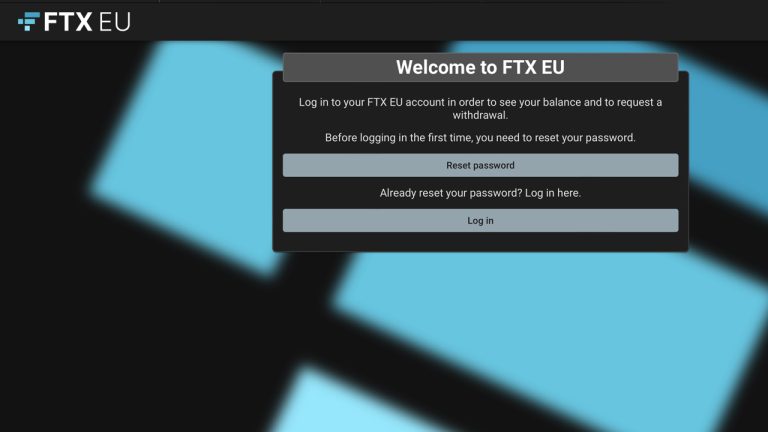
U.S. tech firms made huge commitments to “net zero” carbon emissions — but that was before ChatGPT hit the scene.
Big Tech’s carbon footprint continues to balloon as generative artificial intelligence products and services proliferate, with Amazon alone producing more carbon dioxide emissions per year than all the Bitcoin mining in the world.
According to the data, Big Tech has released more carbon dioxide into the atmosphere since 2019 — when most of the largest U.S. tech firms began disclosing their emissions — than Bitcoin has since 2014.
It’s virtually impossible to calculate the exact amount of carbon dioxide produced by Bitcoin operations throughout the globe. To the best of our knowledge, no research team has access to power grid usage and cost data from all the countries involved in Bitcoin mining.














